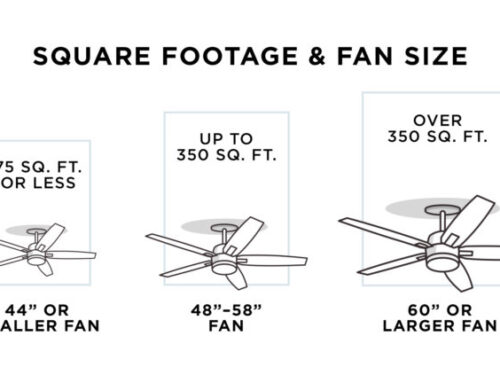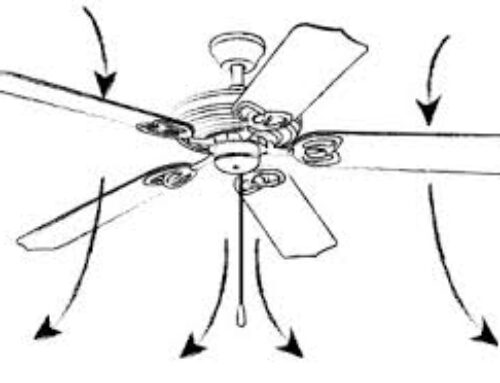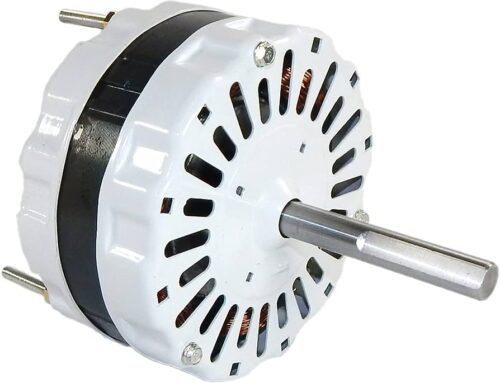We all know that ceiling fans are helpful in the hot summer months, helping you feel cooler by shifting air around your space. But did you know that they can also be used in the winter months to help circulate warm air as well? The secret for both seasons lays in the direction your fan rotates.
Why is Ceiling Fan Seasonal Rotation Important?
By circulating air throughout a room, you can help cool down or warm up a room by several degrees by taking advantage of the physics behind air movement. Depending on your ceiling fan’s rotation direction, it can either move cool or warm air into the space.
Reversible Motors
In order to adjust your ceiling fan rotation to help cool or warm your space, your ceiling fan must include a motor with the reverse function. Not all ceiling fans have reversible motors, and you can find this information in the technical specifications of each ceiling fan. Having a reversible motor is less important in temperate climates, or climates where there is not a significant change between the seasons.
How to Adjust the Rotation Direction
Before trying to adjust the direction of your ceiling fan, make sure that the ceiling fan is both turned completely off and no longer moving. Some ceiling fans include remote or wall controls described as “full-function”. These control units allow you to change the rotation direction with the simple push of a button.
Other ceiling fans, such as those operated by pull chains, will have a switch on the motor housing itself. You may need a step ladder to reach this switch. Toggle the switch into the desired position, and turn the fan back on to make sure it is now moving in the direction you want.
Summer Rotation
In the warmer summertime months, set your ceiling fan to spin in a counter-clockwise direction. This will drive air downwards, pushing the air resting against your ceiling into the rest of the room. This effect creates a wind chill effect as the air makes contact with your skin. Although the air is technically not cooler, the effect can make it feel as much as 10 degrees cooler. This allows you to set your thermostat higher by up to four degrees, helping save money on your energy bill.

Winter Rotation
In the cooler wintertime months, you want to set your fan to spin in a clockwise direction. This pushes air upwards, towards your ceiling. As warm air rises and gathers against your ceiling, setting your fan to pull air upwards displaces this warmer air, helping it spread throughout your space. Keeping this warm air circulating in the room allows you to set your thermostat lower, saving on your heating bill.





Leave A Comment